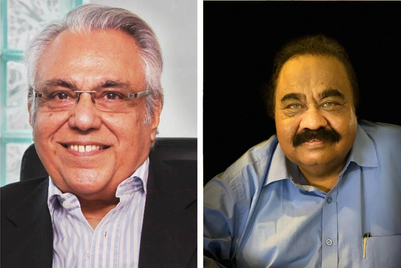Films promoting brands, and brands promoting films is also not a new phenomenon. Lucky Strike used the following copy in one of its ads in the early 1900s, “Who can forget Edmund Lowe as “Sergeant Quirt” in “What Price Glory?” That mighty role made Eddie famous in filmland – and he’s more than held his own in a long line of talkie triumphs. We hope you saw him in the “Spider”. And be sure to see him in the Fox thriller, “The Cisco Kid”.” Lowe, for his part, reciprocated with some interesting copy in the ad, “It’s that delightful taste after a cup of coffee that makes Luckies a hit with me. And naturally I protect my voice with Luckies. No harsh irritants for me … I reach for a Lucky instead”. Such claims today would have led to a massacre of the brand!
Kodas cigarettes introduced a series of baseball player cards, and started inserting them into the packets of cigarettes as part of a ‘customer loyalty scheme’ at the turn of the last century. This created a demand amongst consumers to buy more cigarettes so they could collect all the cards of all the baseball players in the line-up, igniting the practice of ‘loyalty management’ or CRM (customer relationship management) as we know it today. A new genre was born. The interesting thing is that there is no evidence to show that Kodas (any other brand) had the express permission of the celebrities to show their images in the CRM campaigns. Also no evidence on whether these celebrities were ever paid. The first ever known dispute on the subject, therefore, is that of Honus Wagner, a baseball player who stopped a tobacco company that was using his name and baseball card to sell its product without his approval. Baseball cards in fact became so famous over time that one of these cards was actually sold on eBay in July 2000 for USD 1.1 million.
One of the oldest brands of breakfast cereal in America, Wheaties, has had sport-stars like Babe Ruth, Joe DiMaggio, Jackie Robinson, Chris Evert, Michael Johnson, Michael Jordan and Tiger Woods endorsing it over a hundred years. Wheaties aggressively adopted celebrity endorsing in the 1900s … so much so that 46 of the 51 players selected for the 1939 Major League All-Star Baseball Game endorsed Wheaties at the time. Quite an appetite for star power, one could say.
Among the earliest evidences of an endorser's overt and explicit approval for using his testimonials was the case of Rev. Henry Ward Beecher, a highly revered preacher. Suffering from a case of hay fever, Rev. Beecher found a good cure in Dr. MM Townsend's Remedy for Hay Fever, Asthma and Catarrh. He sent Dr. Townsend two separate letters praising the medicine and also telling him that he was ‘at liberty to make such use of this letter as may secure the relief of all hay fever patients’.
Dr. Townsend used the full text of both the letters in a package insert of the product box. This would therefore make Dr. Townsend’s inserts the first known example of long-copy endorsement advertising.
In the early 1930s the major trending celebrity endorsers were athletes. Then by 1945 the trend changed and movie stars were the next big celebrity endorsers. Comedian Charlie Chaplin was the most sought-after star of that generation … from whiskey to IBM PCs. In fact the 1957 movie ‘A King in New York’ had Bill Murray insert Charlie Chaplin’s whiskey endorsement as a ‘product placement’ in the movie, again igniting a new trend. With the rising popularity of the color TV in 1965, TV personalities and entertainers also became popular as endorsers. By 1975, one in eight TV commercials featured a celebrity. Researchers Robert Clark and Ignatius Horstmann of Boston University studied a collection of 1000 endorsement advertisements from 1920-1970 and found that they were predominantly used by cigarettes, beauty products, beverages and audio equipment.
(This is the second part of a five part series by Dr Sandeep Goyal a Phd in the subject of human brands)



.jpg&h=334&w=500&q=100&v=20250320&c=1)
.jpg&h=334&w=500&q=100&v=20250320&c=1)
.jpg&h=334&w=500&q=100&v=20250320&c=1)




.jpg&h=334&w=500&q=100&v=20250320&c=1)






.jpg&h=268&w=401&q=100&v=20250320&c=1)



